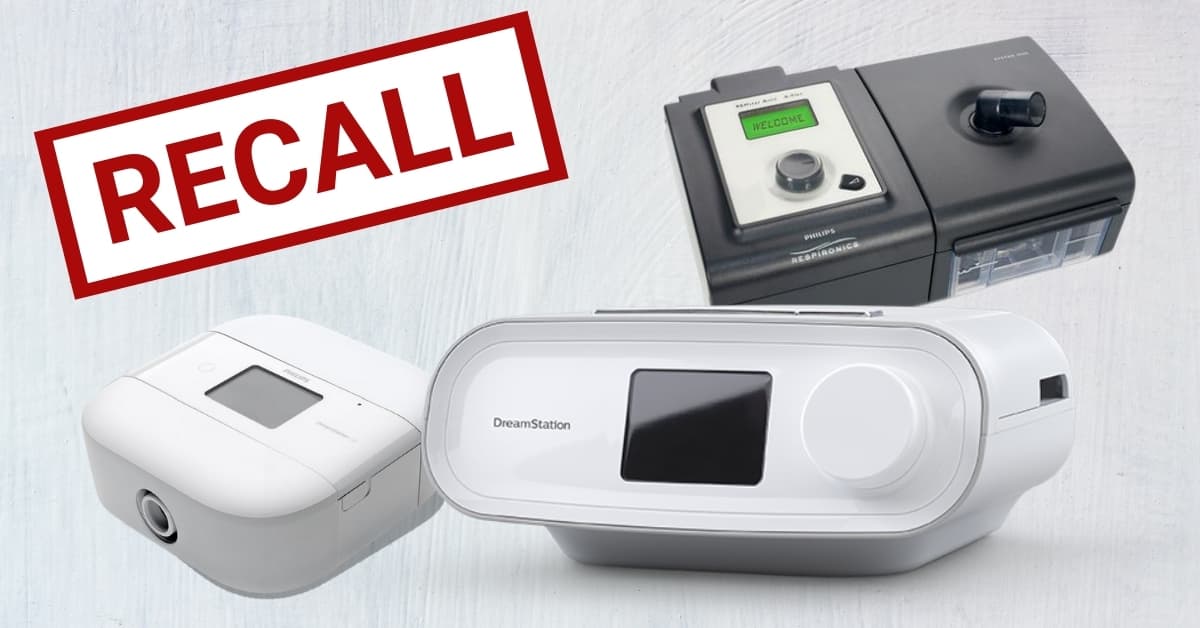5 Questions You Should Ask Before Getting an Oral Appliance for your Sleep Apnea or Snoring

Oral appliance therapy can be a very effective treatment choice for people suffering with obstructive sleep apnea and snoring.However, not all oral appliances are the same, and FAR more important than the oral appliance itself is the experience and skill of the Dentist treating you with the oral appliance therapy.
Here are 5 Questions you need to have answered BEFORE you consider starting oral appliance therapy:
1. How many people with obstructive sleep apnea has the dentist helped using oral appliance therapy?
Treating sleep apnea is NOT covered in dental school. Most dentists have little or no training in this area. There are some weekend courses to help dentists, but often these programs are put on by companies that make the dental appliances or sell equipment to the dentists… so they can be very biased.
Dr. Gotsis and his colleagues around the country have treated thousands of people with oral appliance therapy and he is Boarded in Dental Sleep Medicine through the American Board of Dental Sleep Medicine.
2. How many different appliances does the dentist have experience with?
There is no such thing as one size fits all. A dentist treating sleep apnea patients should be experienced with multiple appliances, and be able to decide which style of appliance is most likely to work for you. There are MANY oral appliances on the market and a good sleep dentist will be able to connect what they see on their examination with your needs and desires in order to choose the appliance that will most likely be effective for you. Some dentists only use one specific appliance, and often they charge far above usual and customary fees based on the belief that their device is special, although they have no independent evidence published in respected journals to support such claims.
Also, some oral appliance therapy results in dental side effects that may require further treatment, like orthodontics, or, in rare cases, surgery. Be certain that the appliance that your dentist is recommending is not designed to move your teeth unless you need and want braces (and are prepared to pay the additional fees to have braces, which most likely will NOT be covered by insurance).
Dr. Gotsis works with all the major types of oral appliances. Proper appliance selection is critical to improve the odds of treatment success and minimize side effects such as jaw pain, TMJ problems and tooth movement. We also do not use appliances designed to move the teeth so our patients virtually never require additional expensive treatments such as orthodontics.
3. Is the dentist in network with your MEDICAL insurance company?
Oral appliance therapy IS COVERED in most circumstances by your medical insurance, including Medicare. As a rule of thumb, if your medical insurance paid for your CPAP, and you couldn’t tolerate using your CPAP, they will also have benefits for oral appliance therapy. Most dentists, if they will bill your insurance at all, will expect payment in full up front, and then you’ll anxiously wait to see if your insurance pays something. In rare cases, inappropriate billing practices are also performed. For example a dentist may say that the most you will pay is a certain amount, but then bill your medical insurance for a MUCH higher amount. This is considered insurance fraud. Look for a dentist who will work with your medical insurance, and ideally someone who is in network. A dentist who is in network with your medical insurance will be able to pre-authorize your oral appliance therapy and tell you in advance what to expect financially.
At Midwest Dental Sleep Medicine Institute we are IN NETWORK with Medicare and most local insurance companies. We work with our patients’ medical insurance to help minimize their out of pocket costs, and we do NOT over bill the insurance company.
4. How does the dentist know you have sleep apnea, and how will they confirm that your oral appliance is working?
Sleep apnea must be diagnosed by a medical doctor. Ideally, this is done through an in lab study or a home study and the data is reviewed and interpreted by a LOCAL board certified sleep physician. Beware of dentists who provide home sleep testing units, have the test “read” by a sleep doctor who lives in another state (who then also prescribes your appliance, even though they’ve never seen you or spoken to you). You should only work with a dentist who works with your personal physician and local sleep doctor.
Once your appliance has been fit and adjustments have been made for comfort and efficacy, it is also important that the dentist refer you back to your physician for objective follow up to make certain that the oral appliance is working. This is the only way that you will actually know that use of the oral appliance is effectively treating your sleep apnea. A home study performed by the dentist is not enough.
At Midwest Dental Sleep Medicine Institute we work directly with your medical doctor and specialists to make sure that you receive the best care possible. Our dentists are respected by the local Idaho sleep physicians and have been invited to give many presentations to the State’s sleep professionals. Most of the patients treated by Dr. Gotsis are referred by their sleep specialist or primary care provider.
5. Does the dentist have training and experience in the diagnosis and treatment of TMJ Disorders?
Some of the potential side effects of use of an oral appliance to treat your sleep apnea include jaw pain, or “TMJ problems.” Such problems can be avoided if your dentist has excellent training and experience in the diagnosis and treatment of TMJ Disorders. This is another area where most dentists receive little or no training in dental school, so it is important to know if the dentist who is going to treat your sleep apnea with an oral appliance knows what to do if TMJ side effects occur.
And a question that you really shouldn’t even have to ask…
Although this seems crazy, we’ve even heard of companies in Idaho who see people for consideration of oral appliance therapy and the person isn’t even seen by a dentist! They’re basically seen by a salesperson whose job it is to sell them on oral appliance therapy. These companies do not work with local sleep doctors and will often offer to do their own home sleep testing. While they may be connected in some way with a dentist, the dentist will not really be involved in your treatment, and if side effects occur, such as tooth movement, jaw pain, or TMJ problems, you’ll be on your own. Sometimes they’ll even bill your medical insurance, which will use your benefit and when the sub-par therapy fails you won’t have any more insurance benefits to get treated by a reputable dentist. PLEASE BEWARE of such companies. If you call an office and ask “will I be seen by a dentist at my initial visit” and they say no or struggle to give you a straight answer, hang up!
Oral appliance therapy can be a very effective, predictable and affordable treatment for your obstructive sleep apnea.
When you work with a dentist who has the proper training, skills and experience, who works with your medical insurance, and has expertise in TMJ problems, the odds of oral appliance therapy being affordable and effective long term for you are much higher.
Oral appliance therapy can also help people better use their CPAP!
CPAP is the gold standard treatment for obstructive sleep apnea and is highly effective. When our patients are initially diagnosed with sleep apnea we routinely encourage them to try CPAP first. As dentists, if our patient can be treated WITHOUT them having to wear something on their teeth we feel that is the best thing for them long term. Unfortunately, not everyone is able to tolerate CPAP and this is where oral appliance therapy can be a great option. But, did you know that sometimes an oral appliance can be used IN CONJUNCTION WITH CPAP? This is done in order to allow the effective CPAP pressure to be turned down, which often eliminates the mask leak, air filling up the stomach, or feeling that you’re having a hard time breathing out, all of which are common problems for people who struggle to use their CPAP.
The key to effective treatment of your obstructive sleep apnea or snoring is working with YOUR DOCTOR AND SLEEP DOCTOR and, if oral appliance therapy is indicated, to work with a dentist with excellent credentials, experience and who is respected by their medical colleagues.

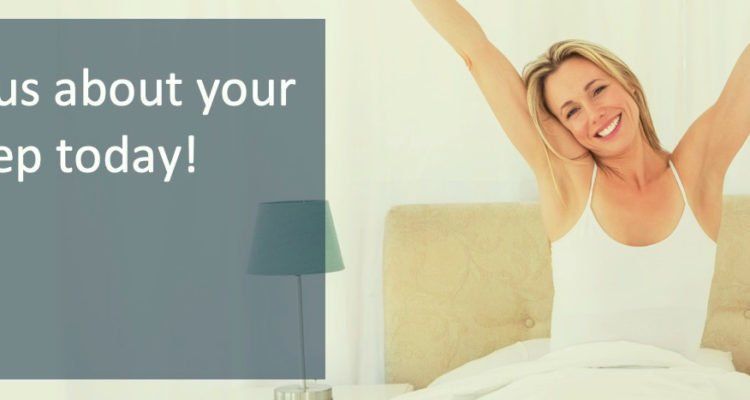

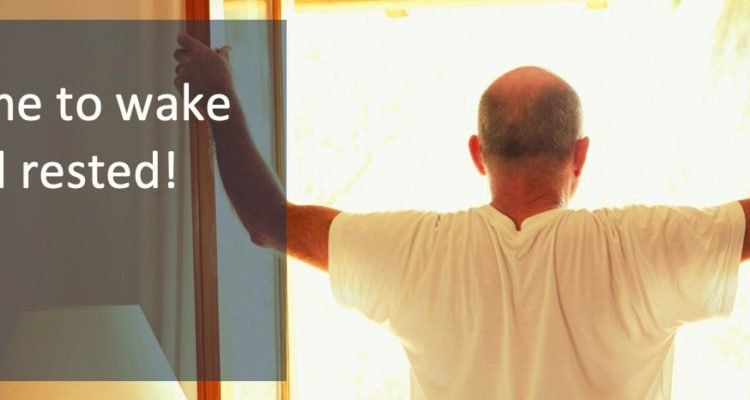
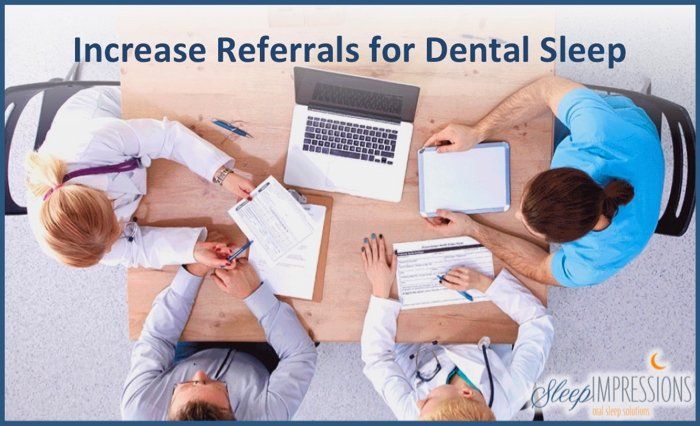

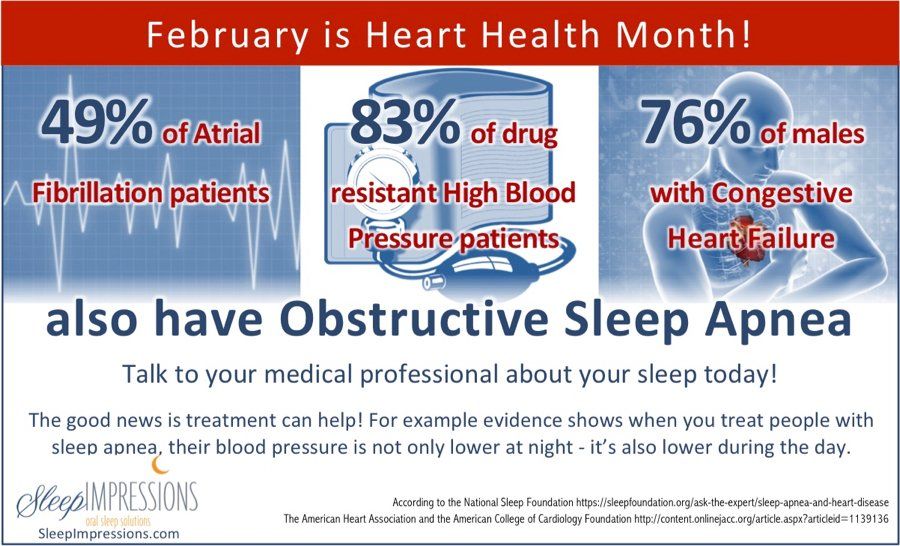
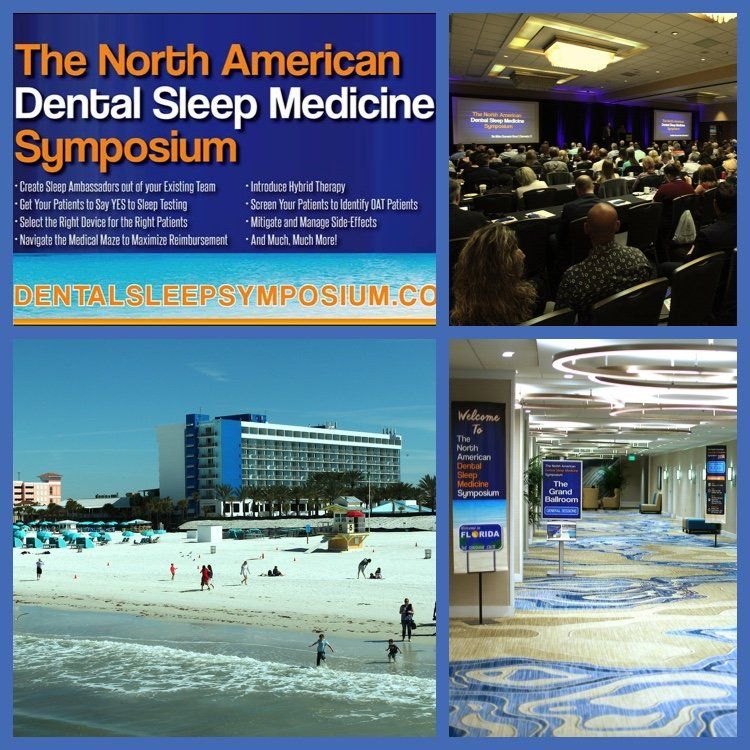
OUR WEBSITE
Website Designed by Morningdove Marketing - Accessibility Statement

